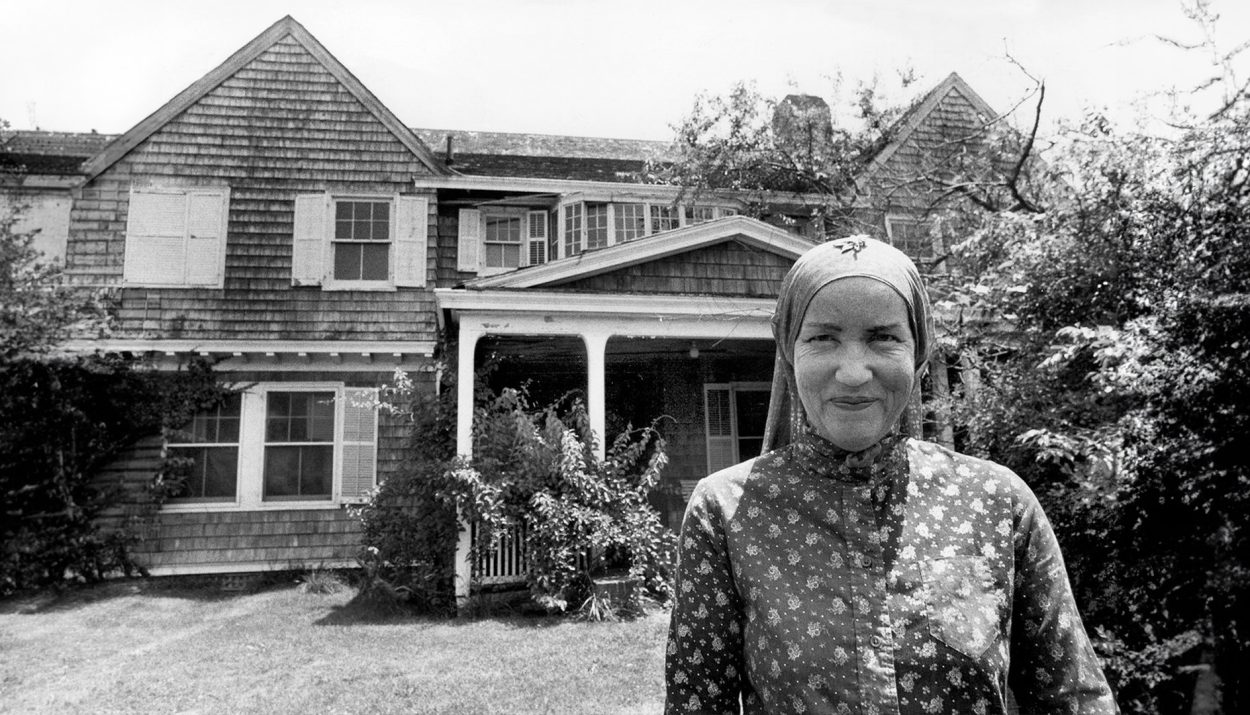Of all the historical homes in East Hampton, NY, there’s one in particular – Grey Gardens – that carries with it 130 years of controversy, myths, rumors, and straight filth (at times). With that said, it’s also home to one of the most interesting comeback stories of all-time – a comeback story that we’re going to share with you below!
What Is Grey Gardens?
Grey Gardens is a 6,652-square-foot, 14-room house on the corner of Lily Pond Lane and West End Road in East Hampton, New York. It was built in the early-1900s and faced threats of demolition in the 1970s, but it’s still standing today – in all its shame and glory.

It’s situated along the Atlantic Ocean, just minutes from Georgica Beach, Lilly Pond, and the Georgica Cove – the two-acre piece of land is surrounded by water, which adds to the beauty. Its history, though, is far from beautiful – even straight ugly at times.
1895: F. Stanhope Phillips and Margaret Bagg Phillips
The story begins in 1895, when F. Stanhope Phillips and his wife, Margaret Bagg Phillips, purchased the piece of land for $2,500. They had plans of building a $100,000 home on the property, but construction was delayed by the government.

In 1901, Stanhope passed away and the house was left to Margaret. Many people – including Stanhope’s brother – believed there was ill intent behind the death, and believed Margaret was in on it. The case was brought to court, but Margaret won and built the house a few years later.
1913: Robert C. Hill and Anna Gilman Hill
Phillips didn’t stay in the home for too long. By 1913, she had sold the property to a man named Robert C. Hill – the president of Consolidation Coal Company – and his wife, Anna Gilman Hill. Together, they transformed the home into an oceanfront oasis.

Their transformation is what earned Grey Gardens its moniker. Hill’s wife was an acclaimed gardener, so they hired Ruth Bramley (a landscape designer) to design a beautiful garden. It was surrounded by gray cement walls, hence the name.
1923: Phelan Beale and Big Edie
The Hill’s enjoyed the home for 10 years, but decided to move on in 1923 when Phelan Beale – an attorney and sportsman – bought the property for his wife, Edith Ewing Bouvier Beale (Big Edie), who was pursuing an amateur singing career at the time.
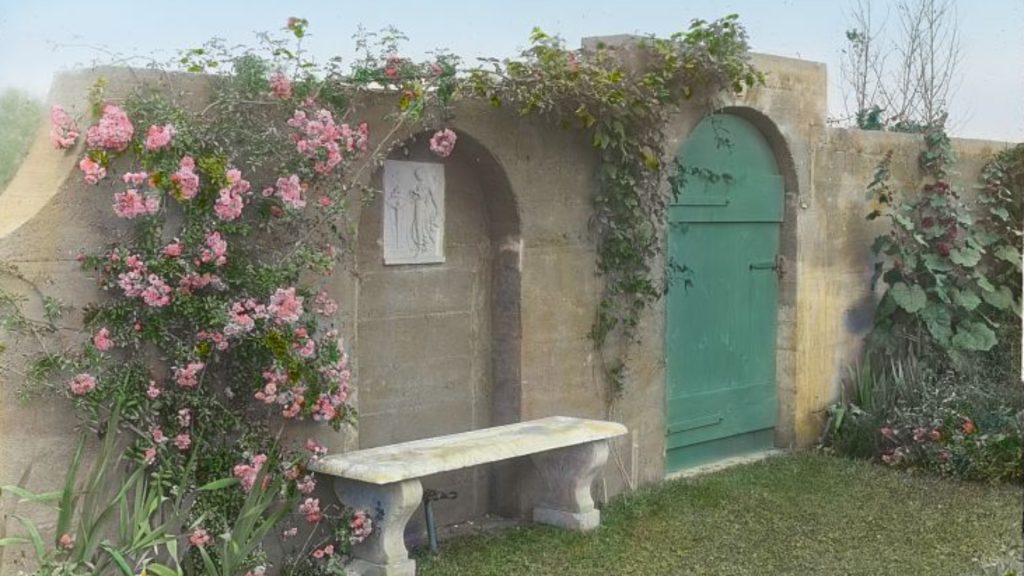
The couple had three children together – a daughter named Edith (Little Edie), born in 1917, and two sons born in 1920 and 1922. They lived together in the home for nearly eight years – until Edie and Beale separated in 1931. Edie was given the house, but no alimony.
1950s: Big Edie and Little Edie
Between 1946 and 1948, Big Edie faced several hardships that sent her into a downward spiral. She received a telegram from Beale notifying her of their divorce. This was around the same time her daughter, Little Edie, moved away to Manhattan to pursue a modeling, acting, and singing career.

In 1948, Big Edie’s father passed away. Her siblings were given a worthy inheritance, but Big Edie was shorted due to a falling out she had with her father years prior. She lived alone for five years until Little Edie returned in 1952 – but money was tight.
1960s: Tom Logan Moves In, But Dies
Personal hardships and financial struggles had Big Edie and Little Edie living in poverty – and the death of Beale in 1956 didn’t help. The mother-daughter duo had a large home, but it was quickly deteriorating due to a lack of upkeep and maintenance.

Tom Logan, a former rodeo cowboy, moved in around the 1960s and was expected to help turn the place around, but he died unexpectedly in 1964. The house continued to deteriorate as the two women lived in a vat of their own filth.
1971: Suffolk County Board of Health Threatens Eviction
That filth eventually got out of hand – to the point the Suffolk County Board of Health stepped in. The town of East Hampton ordered a raid on the infamous home in 1971. The Board of Health threatened to evict the mother-daughter duo if they failed to clean it up and restore its utilities.
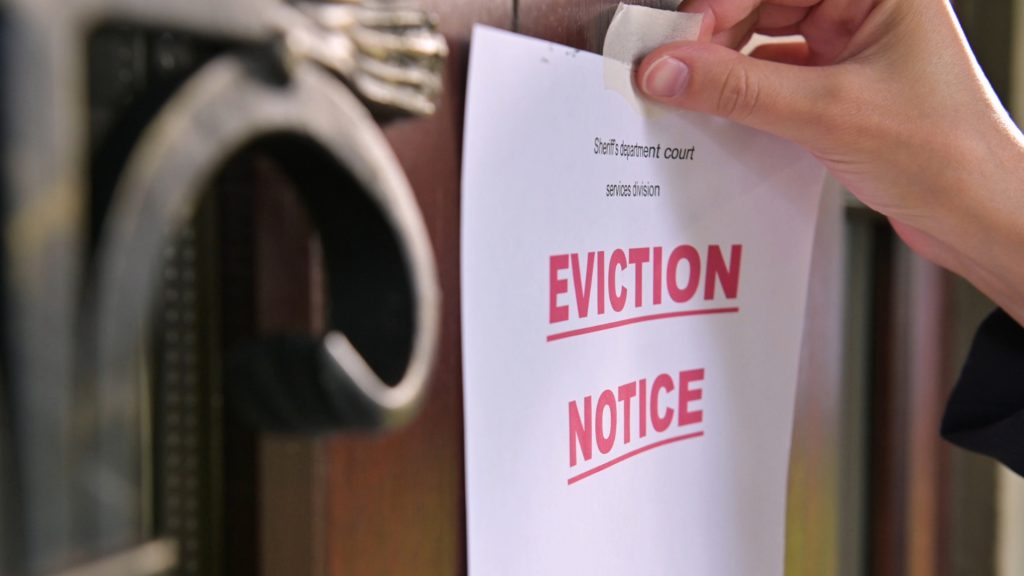
The story piqued the interest of New York magazine, and it wasn’t long until the entire city knew of the home. Meanwhile, the Edies received financial help from family members to restore the home and make it habitable again.
1975: The Maysles Brothers’ Documentary
In the midst of the renovations, Big Edie and Little Edie came in contact with brothers Albert and David Maysles. They were originally filming a documentary about Jacqueline Kennedy Onassis (wife of JFK) and Lee Radziwill – both of whom were Big Edie’s nieces.
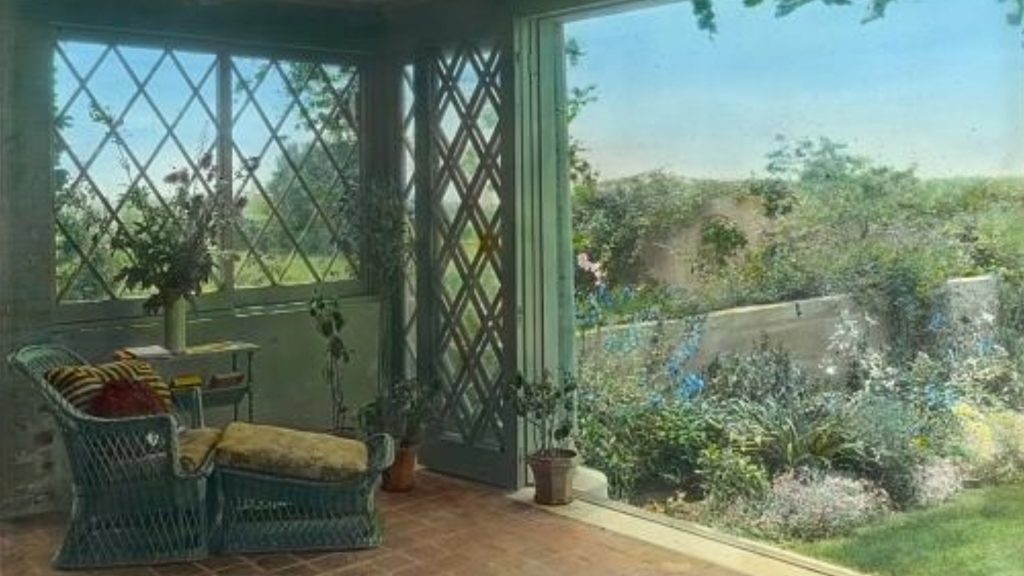
It wasn’t until the Maysles brothers met the Beales that they shifted their focus from the former First Lady to the Beales. In 1975, they released a documentary titled Grey Gardens. It’s considered one of the greatest documentaries of all-time – showcasing the horror the Beales were living in.
1977: Big Edie Passes Away
The Edies continued to live in peril for a while. Their home was filled with 50+ cats, infested with rats and raccoons, and resembled that of a hoarder’s home – it was a nightmare.
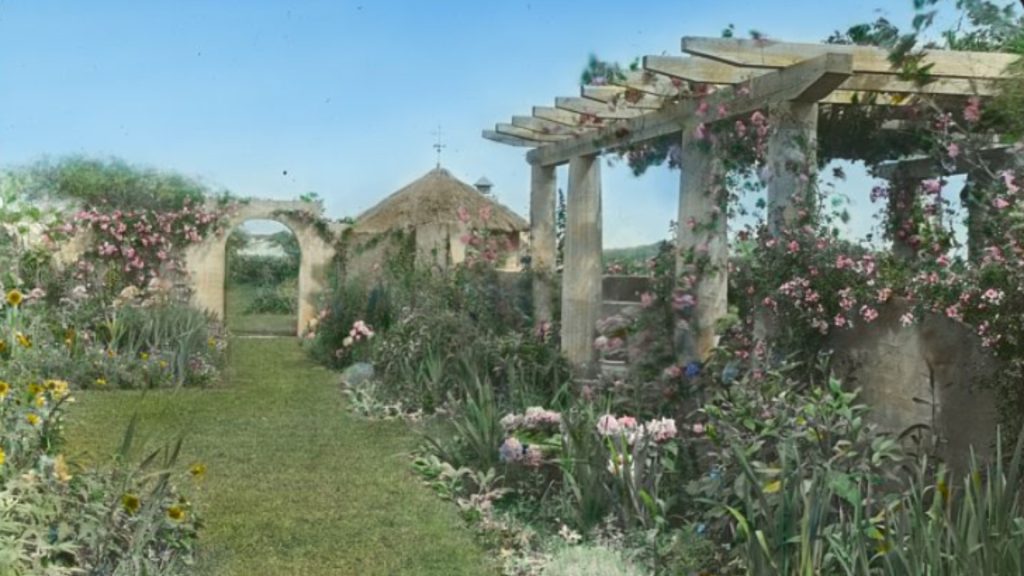
Things grew even worse in 1977 when a bad fall left Big Edie with a broken leg. She decided against treatment and died later that year at the age of 82. Her daughter, Little Edie, sold the home two years later to a couple who wanted to restore it.
1979: Sally Quinn and Ben Bradlee
That couple was Sally Quinn (an author and journalist) and Ben Bradlee (an editor of The Washington Post). They purchased the home in 1979 and were appalled at what they saw when they toured it for the first time.

A lot of people were calling for the couple to demolish and rebuild, but Quinn refused. They took the time, energy, and effort to properly restore it and used it as a beautiful vacation home for nearly four decades.
2017: Liz Lange’s $15 Million Purchase
In 2017, Grey Gardens gained a new owner for the first time since 1979. Quinn and her husband sold the property to Liz Lange – a famed fashion designer – for a whopping $15 million. She grew fond of the home after renting it two years prior.

“We tried really hard to be very, very respectful of the fact that it is an over 100-year-old house, and we weren’t trying to make it look like a new house,” Lange said of the renovations she made to the home.
Today: Grey Gardens Is Thriving
In 2024, Grey Gardens is still standing and still thriving. Lange is still the owner, and her and her husband are enjoying every second in the historical house. They even kept some of the old features of the home to make it more realistic.
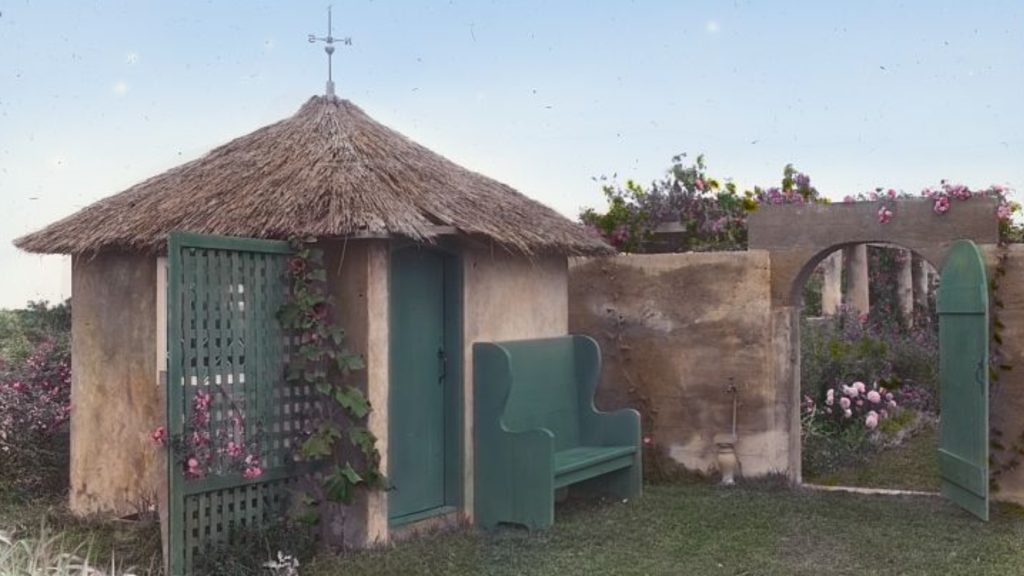
“One of the reasons it still feels like an old house is that we forced ourselves not to make it perfect perfect. The floors still creak a little bit, and they are not entirely level,” Lange said in an interview with Veranda in 2023.

